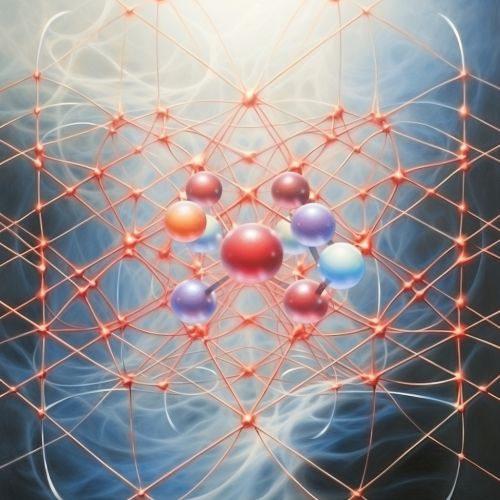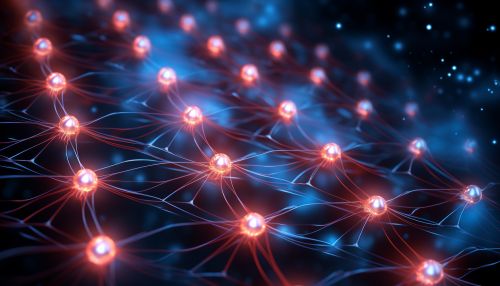The Physics of Quantum Superconductivity in Energy Transmission
Introduction
Quantum superconductivity is a field of physics that explores the phenomenon of superconductivity at the quantum level. This field is particularly relevant to energy transmission, as superconductors have the potential to transmit energy with virtually no loss. This article will delve into the physics of quantum superconductivity, its implications for energy transmission, and the current state of research in this area.


Quantum Superconductivity
Quantum superconductivity is a phenomenon that occurs when certain materials, known as superconductors, conduct electricity without resistance at very low temperatures. This is a quantum mechanical effect, meaning it can only be fully understood using the principles of quantum mechanics.
Superconductivity was first discovered in 1911 by Heike Kamerlingh Onnes, who observed that the electrical resistance of mercury dropped to zero when it was cooled to a temperature near absolute zero. Since then, many other materials have been found to exhibit superconductivity, including certain ceramics, organic compounds, and even some heavy-fermion systems.
The quantum nature of superconductivity was first explained in 1957 by John Bardeen, Leon Cooper, and John Robert Schrieffer, in what is now known as the BCS theory. According to this theory, electrons in a superconductor form pairs, known as Cooper pairs, which move through the lattice of positive ions in the material without scattering off impurities or lattice vibrations. This is what allows superconductors to conduct electricity without resistance.


Energy Transmission
The potential applications of quantum superconductivity in energy transmission are vast. Because superconductors can conduct electricity without resistance, they can transmit energy with virtually no loss. This could revolutionize our energy infrastructure, making it much more efficient and sustainable.
Currently, a significant amount of energy is lost in transmission due to the resistance of the materials used in power lines. If these could be replaced with superconducting materials, these losses could be eliminated. This would not only save a significant amount of energy, but also reduce the environmental impact of energy production.
However, there are significant challenges to implementing this technology. One of the main challenges is that most superconductors only exhibit superconductivity at very low temperatures, often close to absolute zero. This requires expensive and energy-intensive cooling systems, which can offset the benefits of superconductivity.


Current Research
Despite these challenges, research into quantum superconductivity and its applications in energy transmission is ongoing. One area of focus is the search for materials that exhibit superconductivity at higher temperatures, known as high-temperature superconductors. These materials could potentially be used in energy transmission without the need for expensive cooling systems.
Another area of research is the study of topological superconductors, which are a type of superconductor that can exhibit superconductivity at their surface even when they are not superconducting in their bulk. These materials could potentially be used to create more efficient and robust superconducting devices.


Conclusion
Quantum superconductivity offers a promising avenue for improving energy transmission. While there are significant challenges to overcome, ongoing research in this field continues to push the boundaries of what is possible. As our understanding of quantum superconductivity deepens, so too does the potential for its application in energy transmission.
